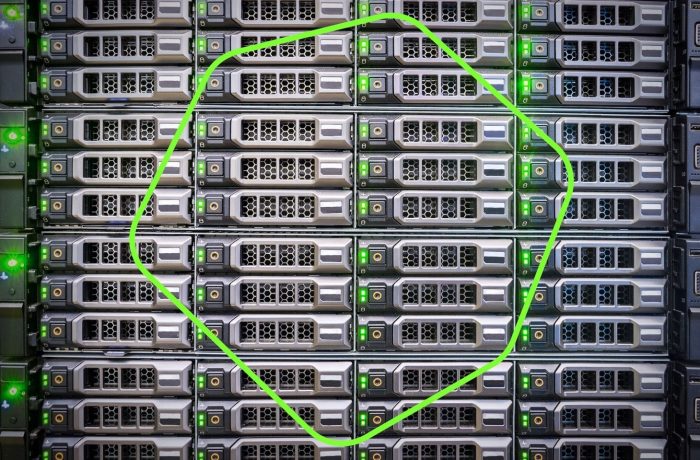
Business
691 articles


Security measures for handling archive files in organizations
Archives are being used in targeted phishing and other attacks on organizations. What tools, settings, and policies can mitigate the threat?

Scammers exploiting GetShared for phishing attacks
Scammers are exploiting GetShared to bypass email security.

When files are not what they seem
Attackers use the polyglot technique to disguise malware. We explain what it is and how to protect your company against attacks.

A ransomware attack through an IP camera
Fending off ransomware attacks that exploit corporate IoT devices.


Operation ForumTroll: APT attack via zero-day vulnerability
Our technologies have helped to detect the zero-day vulnerability CVE-2025-2783 in Google Chrome, which was used in a sophisticated APT attack.

Fog ransomware publishes victim’s IP-addresses
Cybercriminals behind the Fog ransomware publish leaked data along with the IP addresses of attacked computers.

Attack on DevOps: secrets leaked via malicious GitHub Action
How to respond to a compromised GitHub changed-files Action incident.

Three VMware vulnerabilities: key risks and urgent patches
Reasons for updating your ESXi infrastructure ASAP, and enterprise threats that VM escape poses.

Six Microsoft vulnerabilities being actively exploited
Microsoft’s March Patch Tuesday fixes several vulnerabilities that have already been used in the wild. Details are not clear at the moment, but it’s worth installing the patches ASAP.

Checking QR codes in emails
We’ve added technology that checks QR codes in emails for phishing links.

What events help an MDR service detect attacks?
What information does an MDR service need to protect a company from complex targeted attacks?

Attack on Google OAuth using abandoned domains
A vulnerability in Google OAuth allows attackers to access accounts of defunct organizations through abandoned domains.

How to safely scan large file storage for malware
A step-by-step guide to scanning disk arrays weighing tens of terabytes with the aid of Kaspersky products.

UnitedHealth ransomware attack
A year after the ransomware attack on healthcare giant UnitedHealth Group, we’ve compiled all publicly available information about the incident and its aftermath.

XMRig miner as a New Year’s gift
Just a few hours before 2025, we recorded a surge in cryptominer distribution through video games. Interestingly, not only home PCs but also corporate machines were affected.

SLAP and FLOP: Complex vulnerabilities in Apple CPUs
New research demonstrates for the first time how hardware vulnerabilities in modern CPUs can be exploited in practice.


Ransomware: the most notable attacks of 2024
$3 billion worth of damage to healthcare insurance giant, schools closed, soccer club players’ data leaked, and other ransomware incidents in 2024.
 strategy
strategy archivers
archivers e-mail
e-mail ransomware
ransomware SIEM
SIEM phishing
phishing